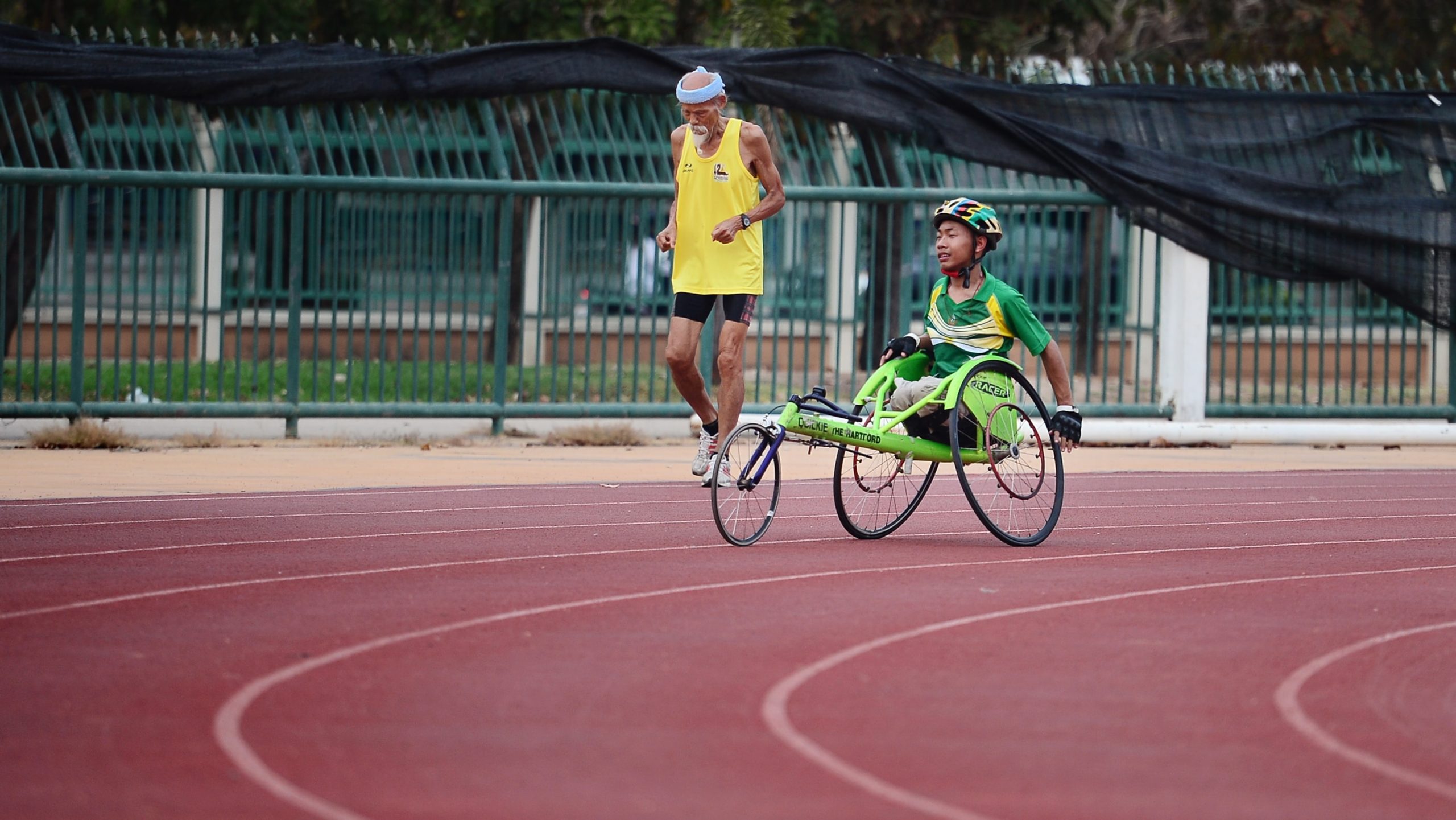Active older adults are likelier to be more mobile, and likelier to retain mobility, than those who are sedentary. Less than one hour of extra exercise (performed at a moderate intensity) every week can help to contribute to an older adult retaining his or her mobility, and reducing the overall risk for the future development of a major mobility issue.
What studies suggest is that adults who are already active, try and increase the length of time they spend at exercise by fifty-minutes each week. In studies, the added time contributed to greater mobility and an increased chance that physical capabilities did not deteriorate as quickly as those who were either sedentary or who were less than moderately active. Statistically, according to certain studies, older adults who were regularly physically active, lowered their risk for persistent mobility disability by 28 percent, and lowered the risk of major mobility disability by 18 percent. That’s significant.
The older adults who remained physically active were also less likely to be moderately to severely overweight; weight control is vitally important to older adults. In example, adults who are obese have a high chance of developing osteoarthritis in the knees, which can absolutely lead to reduced mobility. And older adults who are obese or even moderately-overweight have a hard time being active, and the weight condition will not only increase the chance of developing mobility issues, but also could cause someone to develop systemic disease, such as heart disease or diabetes.
For older adults, moderate exercise can be performed simply. A walk outside, or, when it’s frigid winter, down the long corridors of the mall or on a treadmill or, for those able, on a yoga mat (Yoga has become wonderfully accessible by computer and can easily be performed in a room in the home).
And if you or someone you love does develop a mobility issue, then call the mobility professionals at G and J enterprises today.

